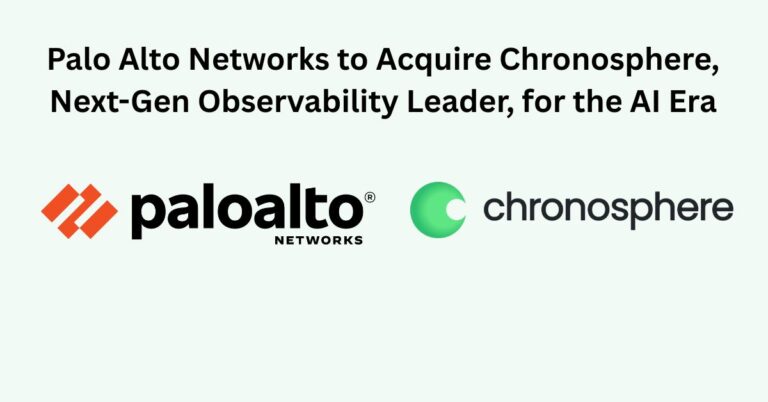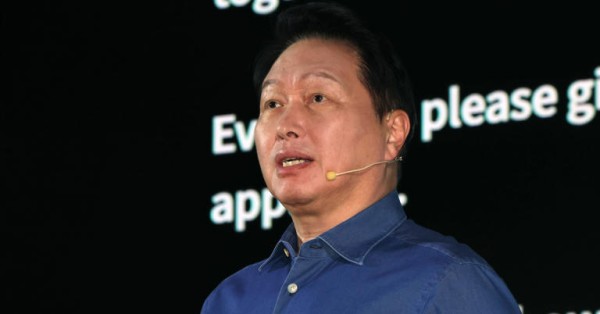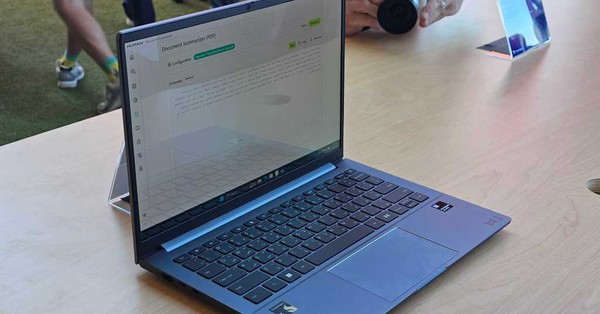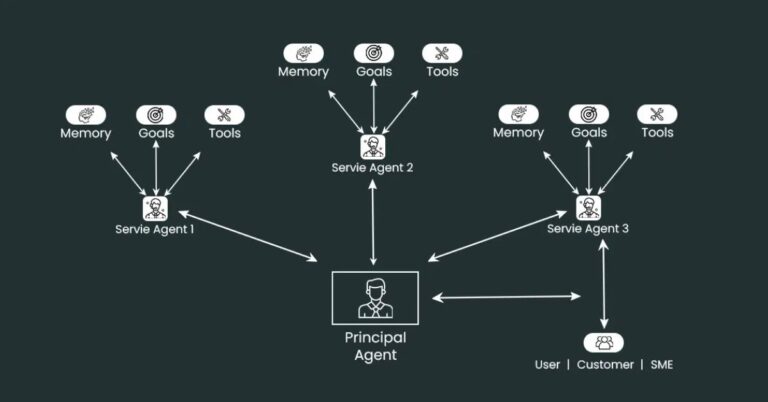- Tech News & Insight
- November 20, 2025
- Hema Kadia
Palo Alto Networks is buying Chronosphere to fuse cost-efficient, large-scale observability with AI-driven automation for modern cloud and AI data centers. Palo Alto Networks agreed to acquire Chronosphere for approximately $3.35 billion in a mix of cash and replacement equity, with closing expected in the second half of PANW’s fiscal 2026 (ending July 31). Chronosphere brings a next-generation observability architecture and telemetry pipeline built for scale and cost control. Together, they aim to turn observability from passive dashboards into autonomous, governed remediation that blends performance and security insights.






























